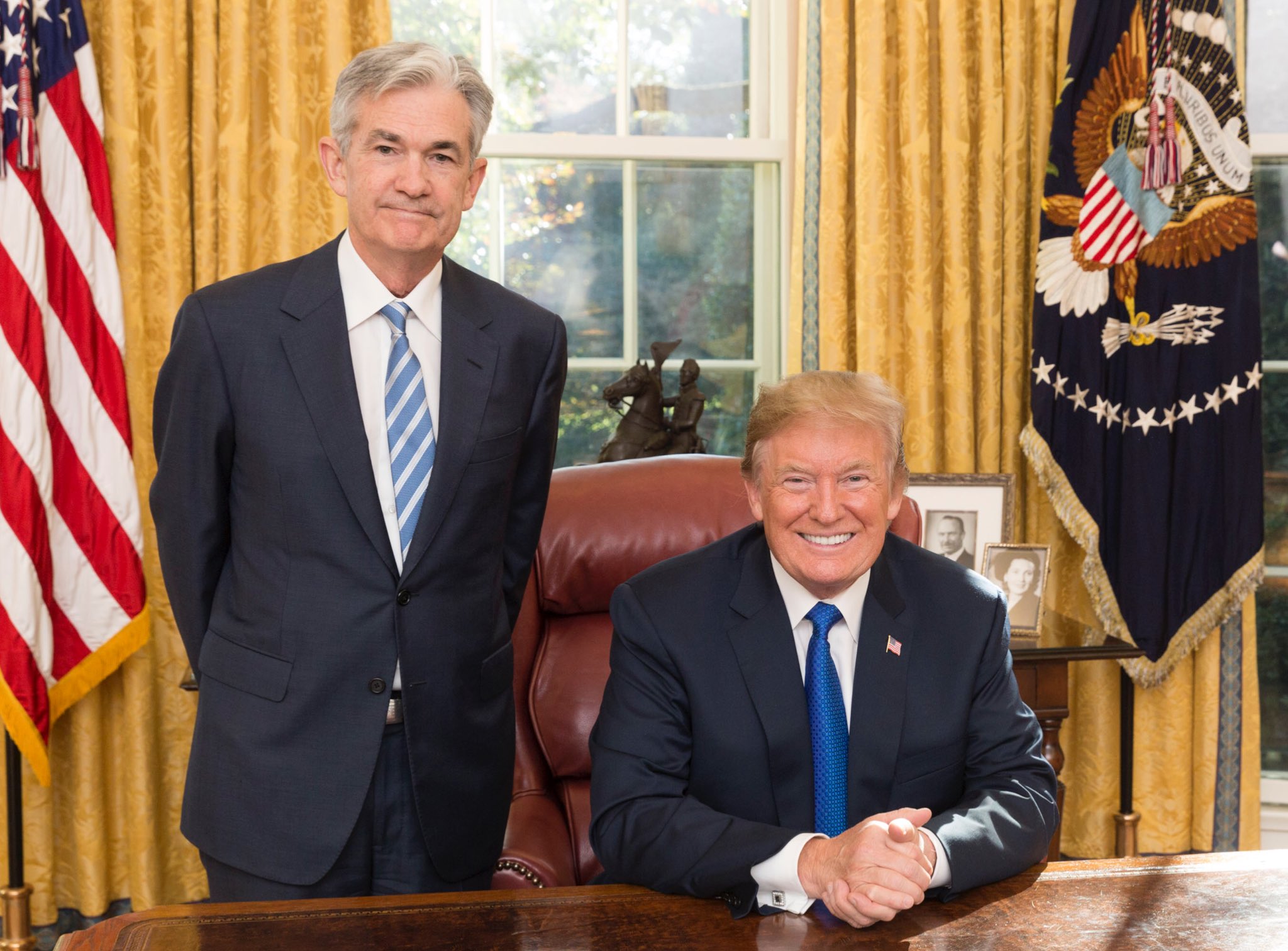A recent Bloomberg Markets Live Pulse survey presents a concerning outlook for the American economy, particularly focusing on consumer spending dynamics which have been the cornerstone of US economic growth. A majority of the respondents anticipate a contraction in consumer spending in early 2024, with some foreseeing this decline to occur as soon as the last quarter of 2023. Despite a current surge in household spending and the optimism reigning in the US equity markets due to low unemployment rates and controlled inflation, high borrowing costs and dwindling Covid-era savings are set to impose a significant strain on households. The present circumstance hints at potential downside risks for stocks, which have already retreated from the heights observed in July.
While the US economy seems to be gaining momentum, with expected growth in the third quarter, there are indications that this might be a temporary phenomenon, possibly a last hurrah before an impending slowdown. Experts argue that the current boost in spending is unsustainable, driven by temporary factors such as a surge in entertainment expenditures during the summer. The resilient US job market has supported household spending against escalating prices, leading some to postpone or abandon their recession forecasts. However, several analysts including Bloomberg Economics’ chief US economist anticipate an onset of a recession by the end of the year, spurred by one-off factors propelling the present consumption levels.
A potential economic hurdle is imminent as the excess savings cushion, that has been aiding consumers to navigate the price surge, is expected to deplete in the coming quarter. This sentiment is widely shared among the MLIV Pulse survey respondents. Economists warn of a looming financial strain, particularly for the lower income groups who have been grappling with the cumulative inflation over the past few years. Despite the cushion of savings and asset appreciation assisting wealthier demographics, a point where sustaining the increased financial burden becomes unmanageable is foreseeable. This discrepancy in the financial stability among different income groups hints at growing economic disparities and challenges.
Investors are striving to understand the evolving economic landscape, seeking indicators that can provide insights into consumer behavior and market trends. Traditional economic playbooks seem inadequate to fully interpret the post-pandemic economic nuances. As the economy stands at a pivotal juncture, investors are considering a variety of indicators ranging from retail sales data to unconventional markers like pet adoptions and “Buy Now Pay Later” plans to gauge the forthcoming economic trends. The ongoing MLIV Pulse surveys remain a crucial tool in helping investors navigate through the complexities of the post-pandemic market dynamics, offering weekly insights on evolving consumer trends and investment opportunities.




